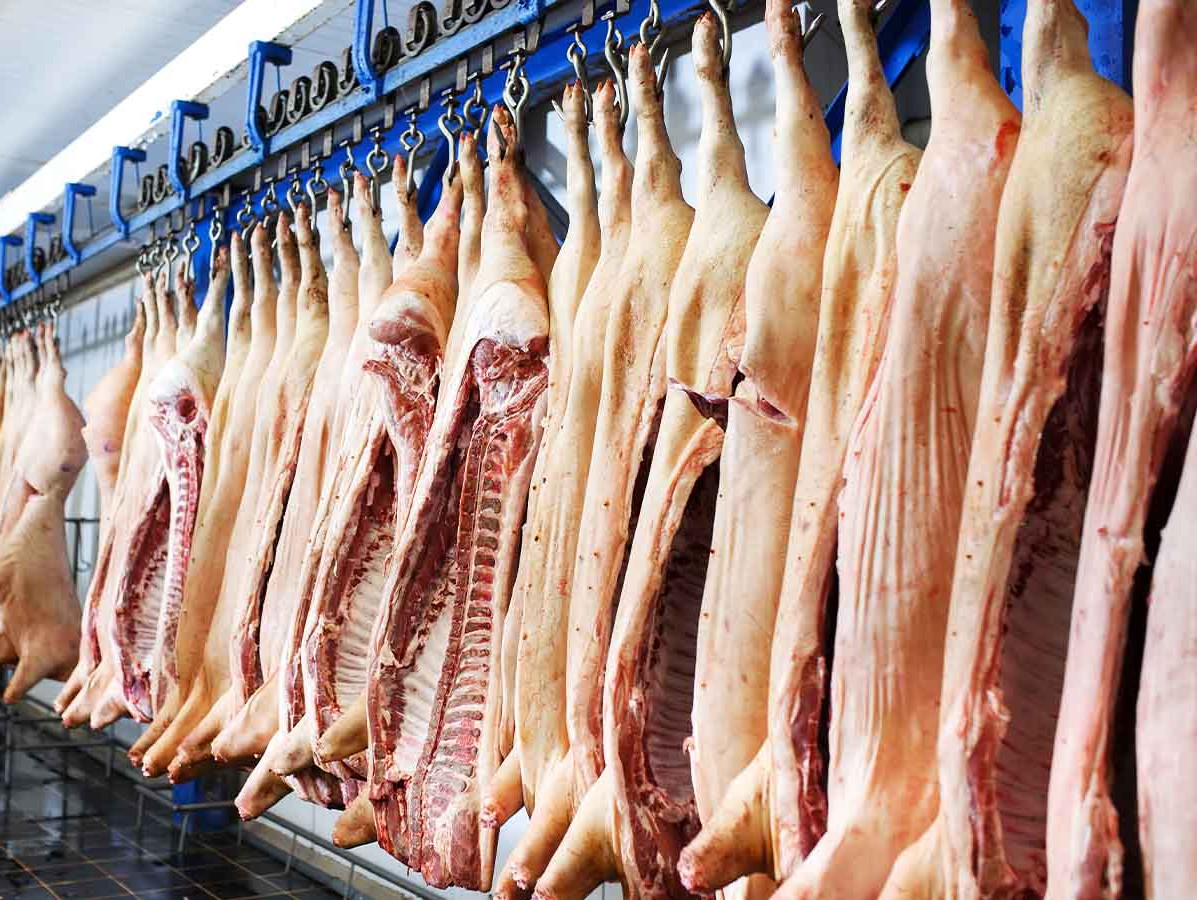
German meat production experienced a significant decrease in 2023. Preliminary data from the Statistische Bundesamt (Destatis) shows that commercial slaughterhouses produced 6.8 million tons of meat last year. This represents a decrease of 4.0%, or 280,200 tons less than the previous year.
Since the peak year of 2016, with a production of 8.25 million tons, this marks the seventh consecutive year of decline. After relatively small decreases since 2017, production already fell by 8.1% in 2022 compared to the previous year. In 2023, this downward trend continued strongly. The slaughterhouses processed a total of 47.9 million pigs, cattle, sheep, goats, horses, and 702.2 million chickens, turkeys, and ducks.
The slaughter of pigs dropped to 43.8 million animals in 2023, a decrease of 7.0% or 3.3 million compared to the previous year. Particularly, the number of domestically sourced pigs slaughtered decreased by 7.7% to approximately 42.3 million animals. However, the number of imported pigs slaughtered in German facilities increased by 19.5% to 1.5 million animals. This resulted in a total pork production of about 4.2 million tons in 2023, a decrease of 6.8% or 306,500 tons compared to 2022. Compared to the record year of 2016, this is a decrease of about 1.4 million tons, amounting to a reduction of just over a quarter (-25.1%).
The commercial slaughter of cattle slightly decreased by 0.3% to 3.0 million animals in 2023. Due to an increase in average slaughter weights across all cattle categories, however, beef production rose by 0.6% to 992,900 tons.
There was a 1.4% increase in poultry meat production in 2023, resulting in 1.6 million tons. This rise is primarily due to a 1.1% increase in the production of young broiler meat, which reached 1.1 million tons. The production of turkey meat increased by 2.7% to 417,000 tons.
Source: Destatis